- Home
- international
- news
- In 1964, a white, off-duty policeman killed a Black teenager in New York. That led to the now-infamous Harlem race riots.
In 1964, a white, off-duty policeman killed a Black teenager in New York. That led to the now-infamous Harlem race riots.
Alexis Hampton

- The Civil Rights Act of 1964 was signed into law on July 2, 1964, by then-President Lyndon B. Johnson.
- Two weeks later, a white, off-duty police officer shot and killed a Black teenager in Harlem.
In 1935, the "first modern American race riot" took place in Harlem.
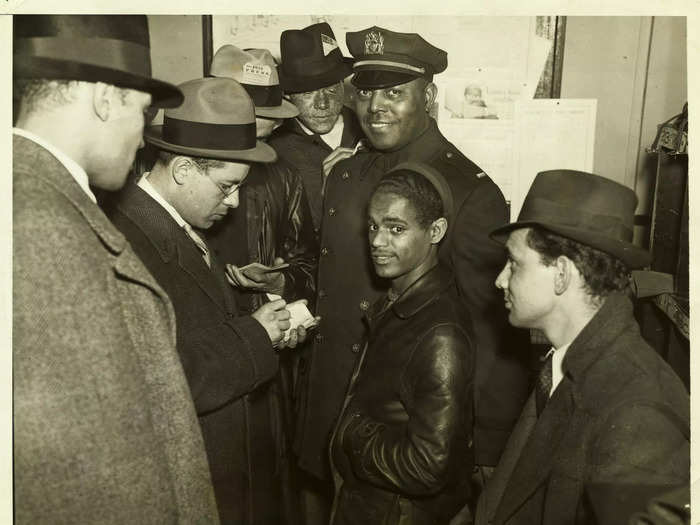
In 1935, the police were called on Lino Rivera, a 16-year-old Black Puerto Rican, who stole a pen knife from a dime store. When the police arrived, there was already a crowd outside of the store.
Because the store's owner was afraid of what the crowd might do if Rivera was arrested, he asked the police to let him go. The police agreed, and Rivera left the store through the back door.
But the crowd outside wasn't informed of what actually happened, and rumors spread that Rivera was beaten to death.
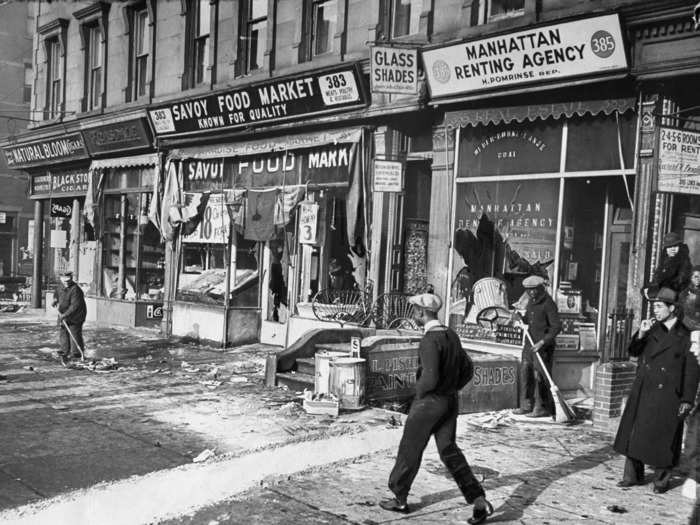
Those rumors were the catalyst for what is now known as the Harlem race riot of 1935. Business owners tried to protect their property from being looted by posting signs like "Black-owned" and "We employ Black people."
More than 10,000 people took to the streets to express their frustrations with how white officers treated Black Americans, but when an all-white police force was called in to mitigate the situation, things got ugly.
In total, 125 people were arrested, over 100 people were injured and three people died — all of whom were Black — in addition to $2 million in damages.
Eight years later, a Black soldier was shot by a white police officer, inciting another riot.
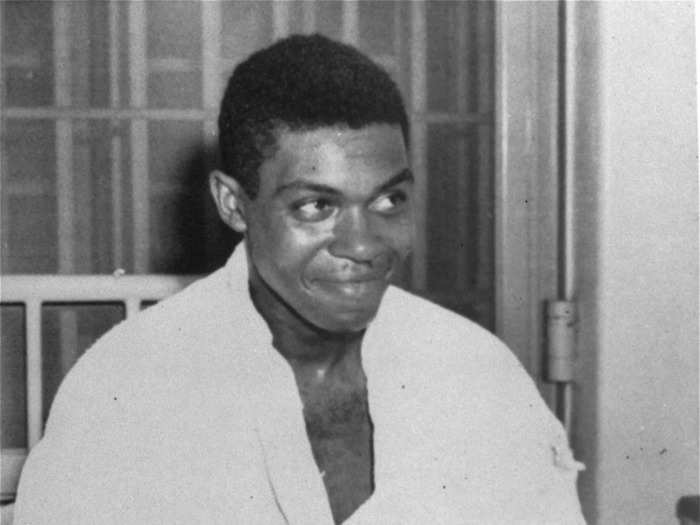
In 1943, a Black woman named Marjorie Polite was being arrested for disorderly conduct when a Black soldier, Robert Bandy, stepped in to help.
Bandy and his mother said they were just trying to stop James Collins, the white officer that was called to the scene, from shoving or beating Polite. When Collins opened fire, Bandy was shot and wounded.
An official police report of the incident from the New York Police Department said that Bandy attacked Collins.
Though Bandy was not dead, rumors spread that he was killed, prompting another uprising.
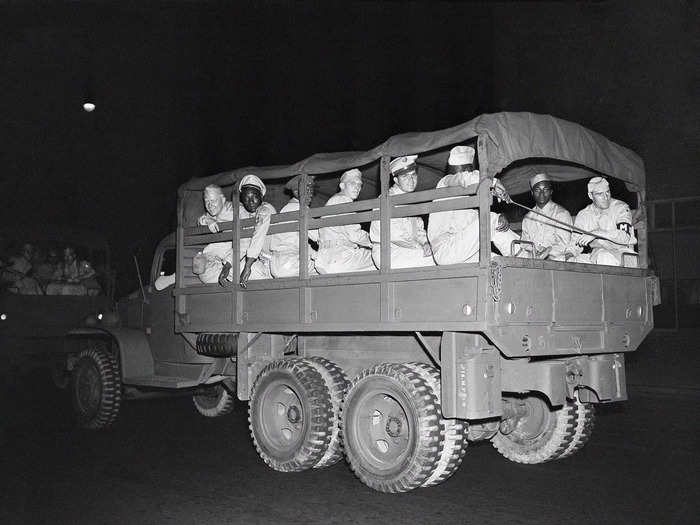
The US Army was called in to help quell the chaos, and a 10:30 p.m. curfew went into effect.
The protests only lasted 24 hours — but in that span of time, an estimated $5 million in damages was caused, 500 people were arrested, 494 people were injured, and six people died.
After the Harlem race riots of 1935 and 1943 came "New York's Night of Birmingham Horror."
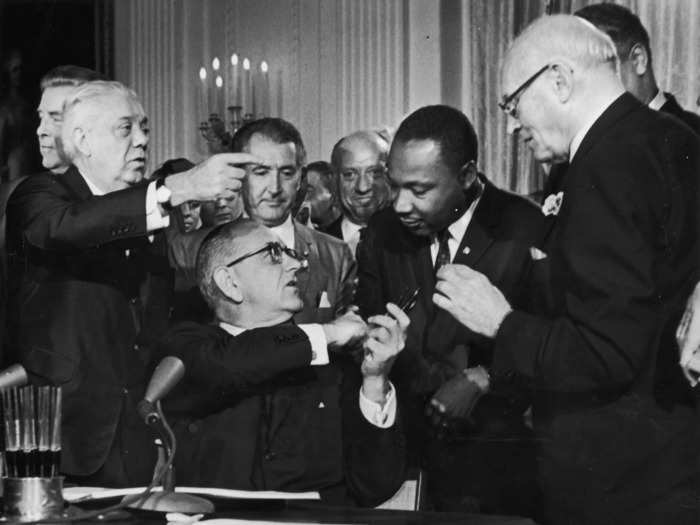
Just weeks after the Civil Rights Act of 1964 was signed into law by then-President Lyndon B. Johnson, another riot broke out in Harlem.
What was intended to be a protest addressing the disappearance of three civil rights workers quickly turned into a fight against police brutality.
The people of Harlem were mourning the loss of 15-year-old James Powell, a Black teenager fatally shot by Thomas Gilligan, a white, off-duty police officer.
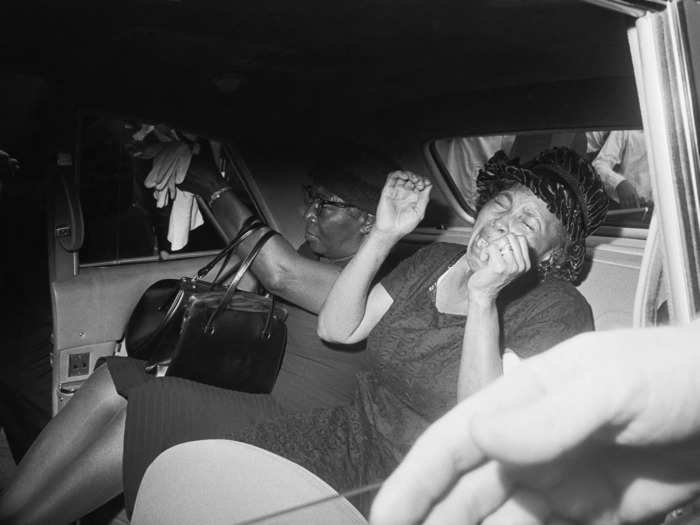
Headlines read "Negro boy killed; 300 harass police" and claimed that Powell threatened the officer with a knife, referring to Powell as "dead boy."
On July 16, 1964, people gathered to protest police brutality in response to Powell's death. Protests remained peaceful for two days, but on the third day, things took a turn.
A crowd of people gathered outside the police precinct calling for Gilligan's arrest.
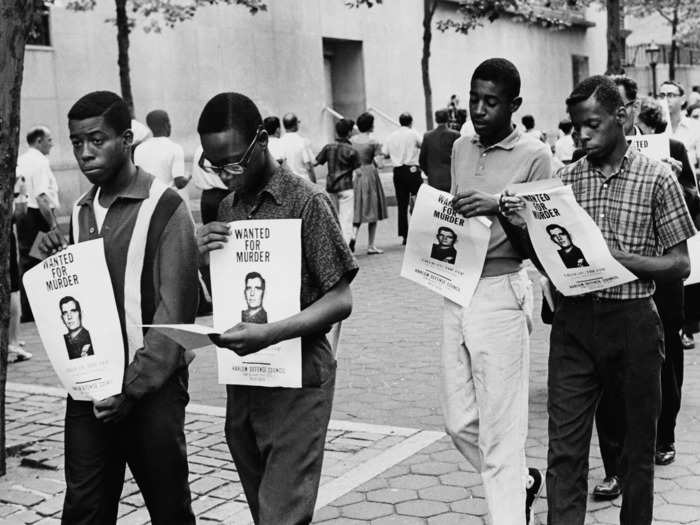
Emotions ran high, tensions began to rise, and chaos ensued when the police responded with violence.
Officers fired their guns and swung their clubs while residents threw glass bottles from rooftops and Molotov cocktails flew through the air.
People ran through the streets vandalizing property and being beaten and arrested by law enforcement.
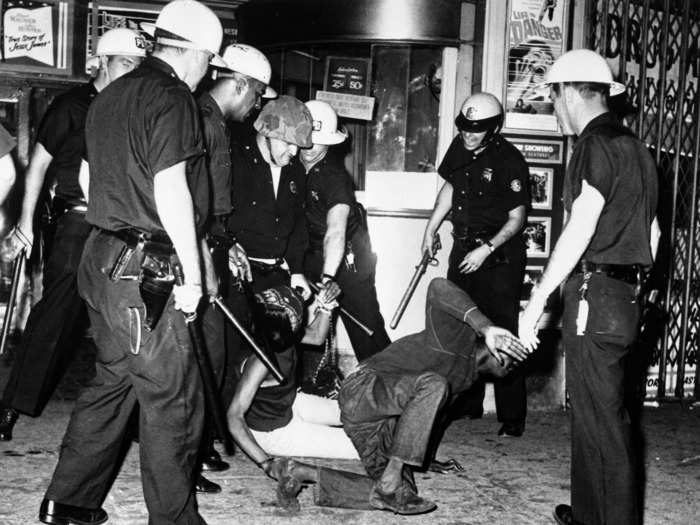
The riots spread to Bedford-Stuyvesant and Brownsville in Brooklyn and South Jamaica, Queens.
People were fighting for justice, equality, and their lives all at once. They were trying to stop police brutality and experiencing it at the same time.
The dust finally settled after six days, and it was time to tend to the casualties.
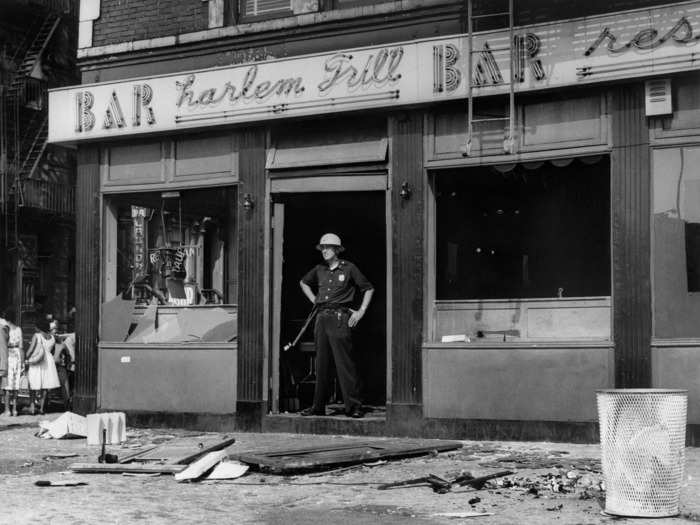
There were 24 claims filed and over $1 million in damages in the wake of the riot.
Over 450 people were arrested, more than 100 people were injured, and one person died as a result of the events.
The Harlem race riot of 1964 sparked a summer of riots in six other cities — Rochester, New York; Dixmoor, Illinois; Philadelphia, Pennsylvania; as well as Jersey City, Paterson, and Elizabeth, New Jersey.
Popular Right Now
Popular Keywords
Advertisement